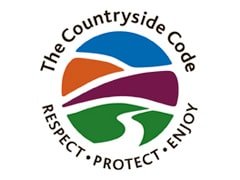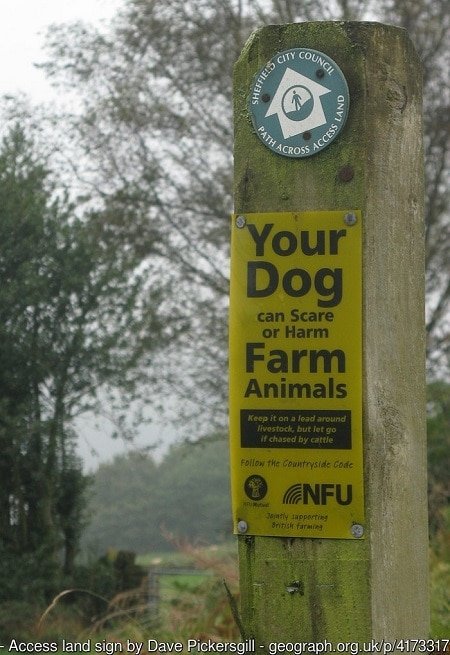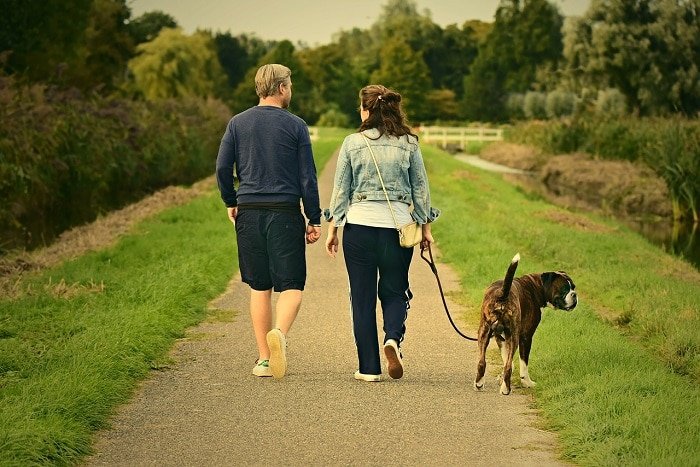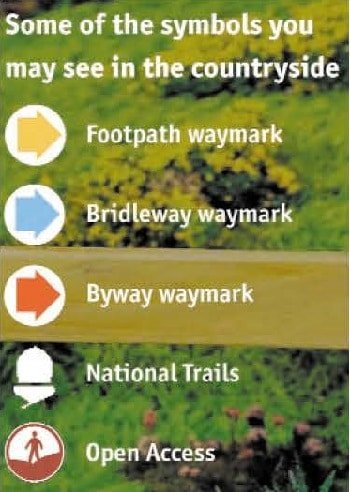
Whether you’re bagging Munros, hiking Coast to Coast, or out for an afternoon stroll with the dog, you should be aware of the Countryside Code, or its northern counterpart, the Scottish Outdoor Access Code. These basic rules can help you to enjoy the British countryside while ensuring it is protected.
The original Country Code was developed in the 1930s. It was updated and relaunched in 2004 as the Countryside Code. You can download a complete copy here. Since Scotland has different land access rights, the Scottish Outdoor Access Code was adopted in 2005. You can obtain a complete copy here.

Overall, the rules of both codes are quite straightforward, and most people who spend their time outdoors–cycling, walking, horseriding, etc.–follow them. But it’s always good to have a reminder so here is a quick rundown of the key rules.
Respect Other People

Keep in mind that people may live or make their livelihoods where you are visiting. Don’t park where you might be blocking a driveway or access route. If you are driving or riding a bike, be aware of horses on the road and farm animals. Either stop to let them pass, or give them plenty of room. And remember that the law requires cyclists to give way to walkers and horses on bridleways.
Leave things as you find them. In other words, if the gate to a field is closed, close it behind you (and make sure it latches). If it is open, leave it open. The farmer may have opened it to allow livestock to move from one area to another.
Stick to pathways and don’t decide to tramp your own route through crops of meadowland.
Protect the Natural Environment

Pick up your litter. It sounds obvious but it can be incredibly disheartening to walk across a magnificent piece of land, only to find empty cans or crisp packets left behind. Take your litter with you. That includes cigarette butts, which are not biodegradable and can be a fire hazard. Likewise, don’t leave leftover food; it might be a health hazard to livestock.
Keep your dogs under control. Again, it sounds obvious, but who knows what could be around the next corner or through the next gate – a horse, sheep, another dog, a group of walkers. Keep your dog on a lead or, if you insist on allowing it off-lead, it should be within your line of sight at all times. Some areas will have signs requesting no off-lead dogs. Respect that sign, no matter how well-behaved you believe your dog to be. There may also be restrictions during lambing season, or if at risk habitats are nearby. And do pick up your dog’s mess.

Enjoy the Outdoors
It should go without saying that you want to enjoy your time outdoors, and a little preparation can make this easier. If you are planning to be on a piece of coastline, in an isolated rural area, or in an elevated area, check the weather and/or tides before you leave and prepare accordingly. Weather conditions can change in the blink of any eye. If you are not ready for such changes, you can put yourself and others at risk. Check beforehand, and if in doubt, turn back.

Observe posted signs. This means no cycling on a footpath, and knowing the difference between a footpath and a bridleway. If a sign prohibits entry, take notice. If you think it has been posted by mistake, better to check with local authorities than to assume you can ignore it.
As mentioned, these rules are quite straightforward. It can be easy to think it won’t matter if you ignore one, just this once, but animals, people, vehicles, weather – they can all be unpredictable. Don’t take the chance. Observe the rules and ensure that you and future visitors can all enjoy the great British countryside!


